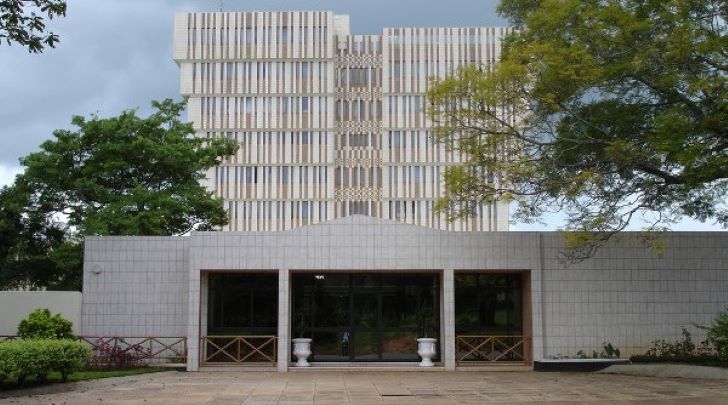
Malawi’s Soaring Inflation: Navigating the 29.1% Surge and its Implications for Business Growth
Key Business Points
- Inflation rate in Malawi has risen to 29.1 percent, driven primarily by non-food prices, which is a crucial consideration for businesses in pricing their goods and services.
- Food inflation has eased to 32.4 percent, down from 33 percent in September 2025, potentially offering some relief to consumers and businesses reliant on food products.
- Non-food inflation has increased to 23.8 percent, indicating a significant rise in the cost of non-food items such as transportation, which could impact businesses’ operational costs and pricing strategies.
The latest statistics from the National Statistical Office indicate a slight increase in the inflation rate in Malawi, moving from 28.7 percent in September 2025 to 29.1 percent in October. This increase is primarily attributed to the persisting pressure of non-food prices. Non-food inflation has risen to 23.8 percent from 21.7 percent over the same period, while food inflation has eased to 32.4 percent from 33 percent. This trend suggests that while the prices of food products are rising at a slower pace, non-food items, including transportation costs, are increasing more rapidly.
According to the report, food prices rose by 1.7 percent, and non-food inflation reached 3 percent during the same period. In urban areas, the month-to-month inflation rate was 1.9 percent, with food and non-food inflation at 1.3 percent and 2.7 percent, respectively. The rural month-to-month inflation rate was 2.4 percent, with rural food and non-food inflation rates standing at 1.9 percent and 3.2 percent, respectively. This disparity highlights the varying impact of inflation on different regions and sectors within Malawi.
The stabilization of maize prices at K1,361 per kilogram, as reported by the International Food Policy Research Institute (IFPRI) Maize Market Report for September 2025, has contributed to the easing of food inflation. This stabilization is partly due to the stabilisation of the kwacha, which has helped to mitigate the impact of imported inflation. However, the Reserve Bank of Malawi (RBM) remains concerned about the consistently high inflation rates, which have remained above 20 percent over the last three years, driven by both supply and demand factors.
RBM Deputy Governor Kisu Simwaka expressed worry over the stubbornly high inflation, emphasizing the need for careful economic planning and management. The RBM projects inflation to average 28.9 percent in 2025, down from 32.2 percent in 2024. For Malawian businesses, particularly those in the mpango wa bijinesi (business plan) stage, understanding these inflation trends is crucial for uchumi wa malawi (Malawi’s economy) and making informed decisions about pricing, production, and investment. As the economy continues to evolve, businesses must remain vigilant and adapt to these changes to remain competitive and thrive in the market.
What are your thoughts on this business development? Share your insights and remember to follow us on Facebook and Twitter for the latest Malawi business news and opportunities. Visit us daily for comprehensive coverage of Malawi’s business landscape.
- Energizing Economic Growth: Solutions for a Resilient Malawi - November 20, 2025
- Malawi’s Soaring Inflation: Navigating the 29.1% Surge and its Implications for Business Growth - November 20, 2025
- B20 South Africa 2025: Igniting African Opportunities for Malawi’s Economic Surge - November 20, 2025
